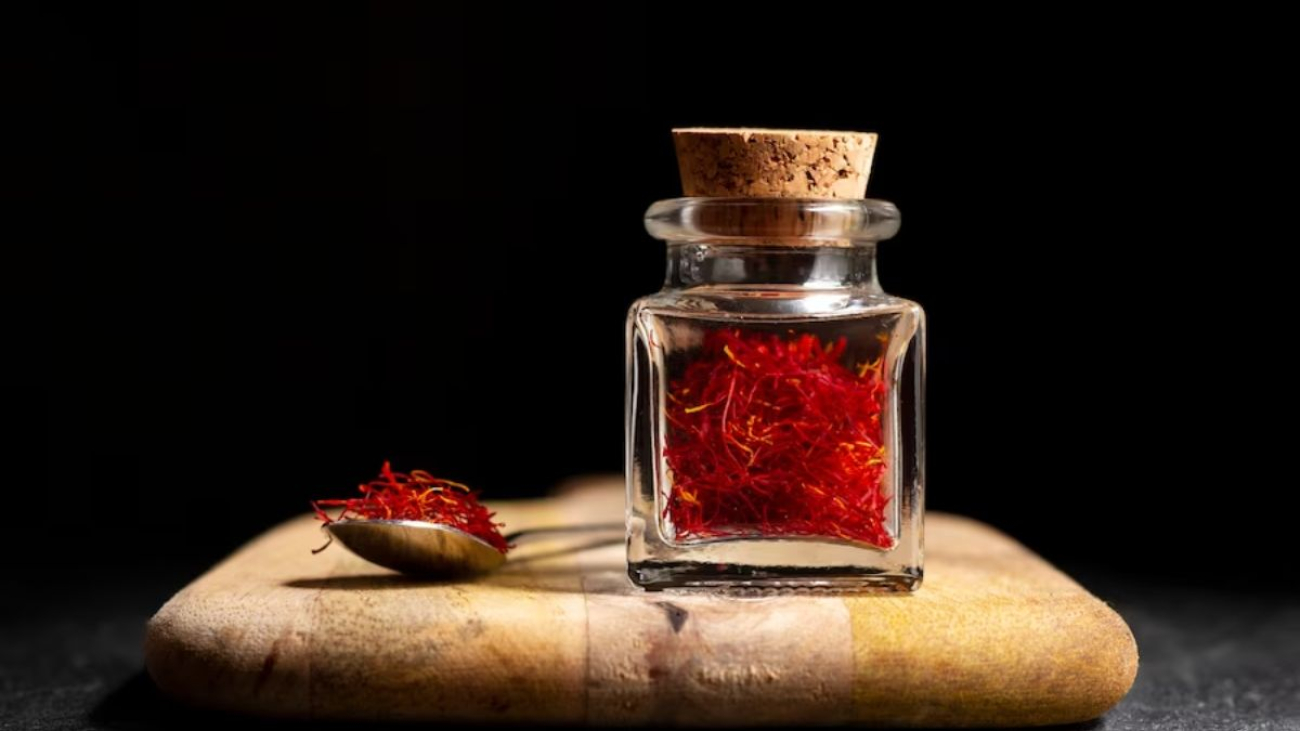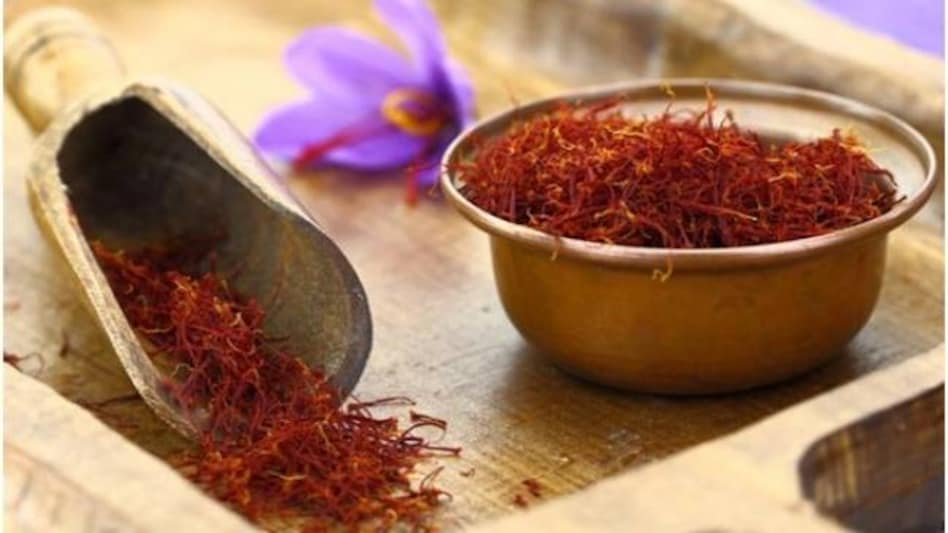Hi Friend,
Have you ever wondered if you need to rinse your wheat berries prior to using? If so, you’re not alone. Skimming Facebook Milling Groups, you’ll come across various opinions of whether or not to rinse your grains prior to milling.
Today, I’m going to share my thoughts as a wife of a wheat farmer and a home miller.
Should I Rinse My Grains Prior to Milling?
The answer is no. Let me say it again… no.
What if you dry your grains afterward? I’d still say no.
Prior to harvest, wheat farmers use multiple moisture tests to ensure the crop is dry enough for harvest. Afterwards, wheat berries are stored in specialized grain bins to make sure that the moisture level is kept low while preserving the quality of the crop. If wheat berries get wet, it’s difficult to return to this low moisture level.
Wheat berries with too high of moisture content will sprout or mold during storage, and are a magnet for bugs. Also, damp wheat berries will plug your mill… no fun!
How Do Farmers Clean Grains:
You may read something along the lines of “wheat berries have been cleaned “x” number of times”. But when farmers talk about cleaning grains, they’re not talking soap and water like we use on other types of produce.
Grains are run through an agitating cleaning system that sorts debris like dust, chaff, rocks, and weeds from the grains while keeping them dry. No water involved.
Is a little bit of dust normal in your wheat berries? Yes. But you would be amazed how much has already been removed. Some packaging shows wheat dust more than others (plastic as opposed to burlap or paper).


The Exception to Rinsing Your Wheat Berries:
The only exception I would make for rinsing wheat berries is if you are going to immediately cook them (similar to how you would rinse rice). Most of the time I find my wheat berries are clean and I can skip this step. If you’re looking for a cooking recipe, I have both stove-top and Instant Pot recipes on the blog.
So moral of the story… never rinse your grains if you plan on milling or storing them.
Happy Milling!


 Cart is empty
Cart is empty 


